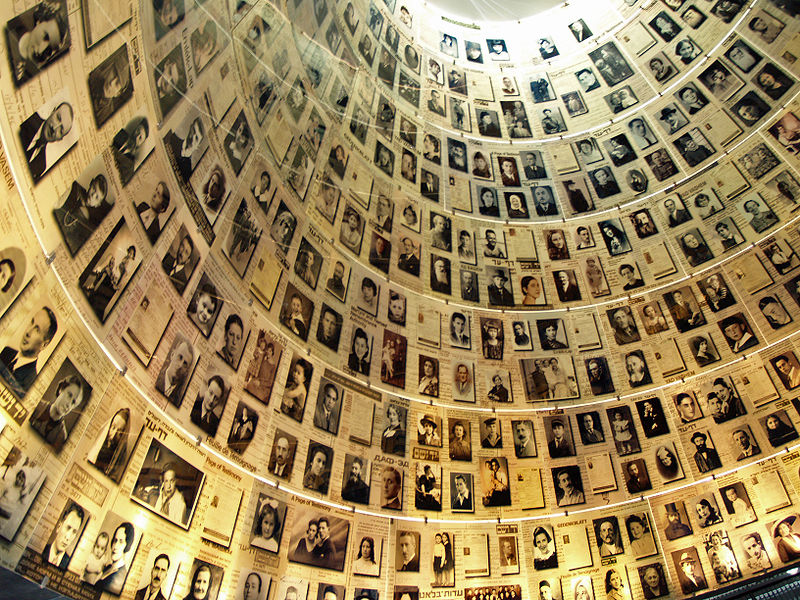Recently, following the recommendation of the Yad Vashem International Institute for Holocaust Research, the panel regarding the wartime activities of the Vatican and Pope Pius XII has been updated. This is an update to reflect research that has been done in the recent years, and presents a more complex picture than previously presented. In 2005, Yad Vashem opened its new Holocaust History Museum after more than a decade of work. The texts in the museum were written based on the research available in the early years of the 2000’s. Contrary to what has been reported, this change is not a result of Vatican pressure.
Over the past few years, new research, in part based on the opening of archival collections such as the Pius XI archive (up until 1939) a

nd on other information, including that which was presented at an international academic workshop “Pope Pius XII and the Holocaust - Current State of Research” held at Yad Vashem in 2009, has clarified certain issues, while still leaving many questions open. Only when all material is available, will a clearer picture emerge. That workshop was initiated by the late Prof. David Bankier, then head of Yad Vashem’s International Institute for Holocaust Research. The book that emerged from the academic workshop on the subject will soon be published (in English) by Yad Vashem.
Prof. Bankier offered a draft for an updated text for the Museum panel, and since he passed away, this text has been finalized by researchers of the Institute, led by the current head of the Institute, Prof. Dan Michman.
The panel noted that the reaction of Pope Pius XII is a matter of controversy. Some visitors to the Museum did not understand the controversy. The panel now presents this controversy in more detail. Of course, no panel in a museum can ever fully explore any topic, and for those interested in learning more, the library and archives at Yad Vashem have a plethora of material.
Yad Vashem looks forward to the day when the Vatican archives will be open to researchers so that a clearer understanding of the events can be arrived at. Yad Vashem researchers and historians continue to research many aspects of Holocaust history. Over the past years, a number of corrections have been made throughout the Museum. Should any other updates be necessary in the Museums, these will take place as well.
Following is the new text:
The Vatican
The Vatican, under Pius XI, Achille Ratti, and represented by the Secretary of State Eugenio Pacelli, signed a concordat with Nazi Germany in July 1933, in order to preserve the rights of the Catholic Church in Germany.
The reaction of Pius XII, Eugenio Pacelli, to the murder of the Jews during the Holocaust is a matter of controversy among scholars. From the onset of World War II, the Vatican maintained a policy of neutrality. The Pontiff abstained from signing the Allies' declaration of December 17, 1942 condemning the extermination of the Jews. Yet, in his Christmas radio address of December 24, 1942 he referred to “the hundreds of thousands of persons who, without any fault on their part, sometimes only because of their nationality or ethnic origin (stirpe), have been consigned to death or to a slow decline.” Jews were not explicitly mentioned. When Jews were deported from Rome to Auschwitz, the Pontiff did not publicly protest. The Holy See appealed separately to the rulers of Slovakia and Hungary on behalf of the Jews. The Pope’s critics claim that his decision to abstain from condemning the murder of the Jews by Nazi Germany constitutes a moral failure: the lack of clear guidance left room for many to collaborate with Nazi Germany, reassured by the thought that this did not contradict the Church’s moral teachings. It also left the initiative to rescue Jews to individual clerics and laymen. His defenders maintain that this neutrality prevented harsher measures against the Vatican and the Church's institutions throughout Europe, thus enabling a considerable number of secret rescue activities to take place at different levels of the Church. Moreover, they point to cases in which the Pontiff offered encouragement to activities in which Jews were rescued. Until all relevant material is available to scholars, this topic will remain open to further inquiry.